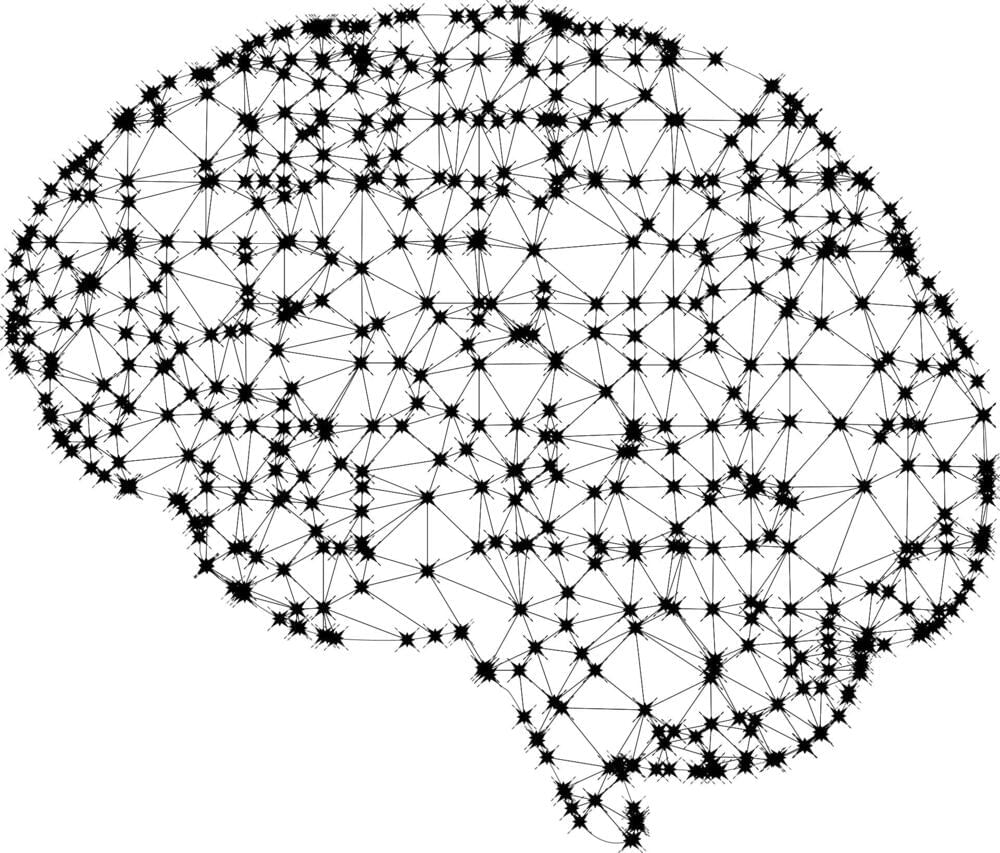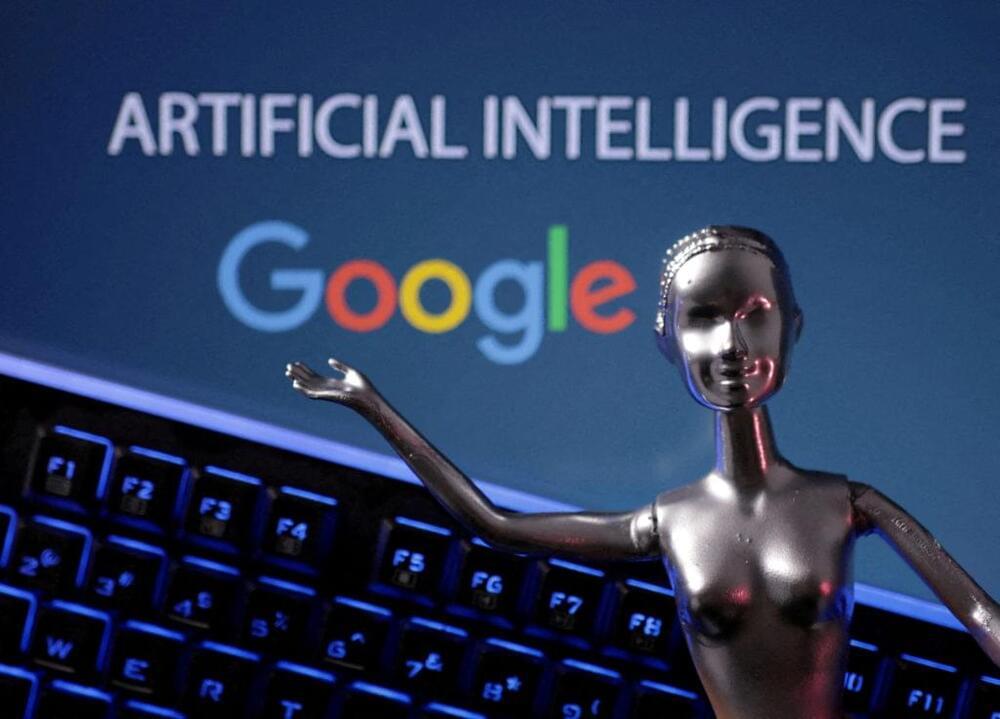Salesforce’s survey shows that age and employment status are major factors in AI adoption.




Even linguistics experts are largely unable to spot the difference between writing created by artificial intelligence or humans, according to a new study co-authored by a University of South Florida assistant professor.
Research just published in the journal Research Methods in Applied Linguistics revealed that experts from the world’s top linguistic journals could differentiate between AI-and human-generated abstracts less than 39 percent of the time.
“We thought if anybody is going to be able to identify human-produced writing, it should be people in linguistics who’ve spent their careers studying patterns in language and other aspects of human communication,” said Matthew Kessler, a scholar in the USF the Department of World Languages.
Would you like to hear more news stories like this one? If so, head over to LifespanNews for more longevity news, science, and advocacy episodes! Visit https://www.youtube.com/lifespannews.
▼▼ Description, sources, and more below ▼▼
In this episode of Lifespan News:
0:00 Intro.
0:38 Young.ai — artificial intelligence for tracking aging in humans.
1:35 A Link Between the Microbiome, Heat, and Osteoporosis.
2:34 Age-Related Female Fertility Decline Linked to Mitochondrial Mutation.
4:14 A New Microporous Membrane for Skin Regeneration.
5:13 Microtubule Stabilization Ameliorates Alzheimer’s Symptoms in Mice.
Visit https://youtube.com/BrentNally for more of Brent’s content!
Executive Producer: Keith Comito.
Processing on the fly gives extreme drones the edge.

Tiny dents on thin material produce photon-polarizing magnetic fields.
Researchers at Los Alamos National Laboratory have developed a technique that can produce polarized photons more easily and cheaply than existing methods. The technique.
Quantum communication uses photons to carry information, much as classical communication uses electrons. But while classical computers encode information by turning current… More.
Researchers at UC San Francisco and UC Berkeley have developed a brain-computer interface (BCI) that has enabled a woman with severe paralysis from a brainstem stroke to speak through a digital avatar.
It is the first time that either speech or facial expressions have been synthesized from brain signals. The system can also decode these signals into text at nearly 80 words per minute, a vast improvement over commercially available technology.



Every few years comes a disruptive technology that catalyzes the development stages of not just companies but also society as a whole. Generative AI may not be as big as the invention of the internet but it is a foundational block to create a new digital transformation aided by AI.
The reason why Generative AI is one of the most exciting chapters in this journey of transformation is because the technology comes very close to imitating human quality of output. It sparks a very controversial debate about its advantages and disadvantages, especially in a country like ours with a large disposition to lose in terms of jobs that can be replaced by AI. But let’s look at our own journey of digital transformation closely. India has always charted a strong developmental course in terms of the tech industry with robust manpower, unmatched pricing, and a very dynamic workforce that has placed our country sixth in terms of AI investments between 2013–2022. Here, we do have to be mindful that our journey as a country for any disruptive technology may look completely different than others.